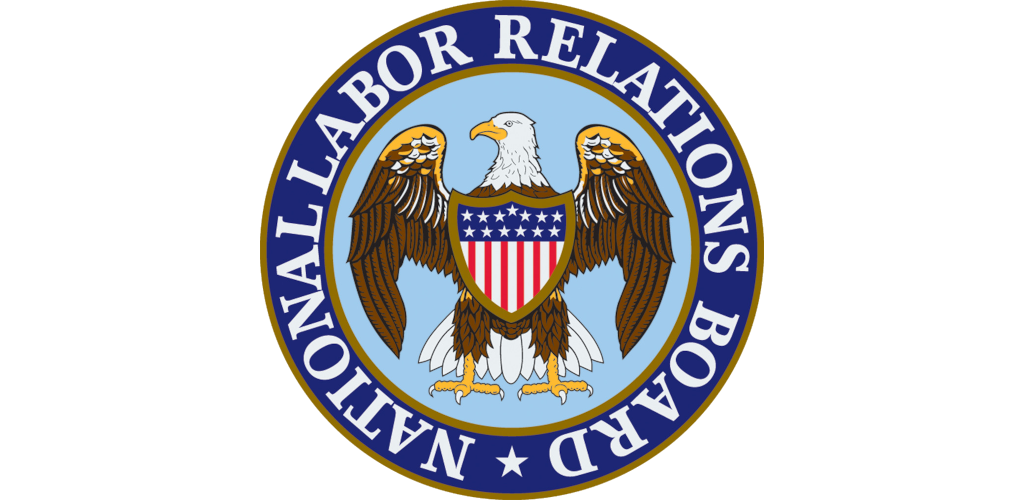In a decision impacting employers that face a petition for election that seeks to represent part of the workforce, a divided National Labor Relations Board (NLRB) returned to its former Specialty Healthcare standard to apply to bargaining-unit determination cases in American Steel Construction, Inc. (372 NLRB No. 23). Under this standard, a party contesting a petitioned-for bargaining unit and seeking to add employees to an election must demonstrate that excluded employees share an “overwhelming community of interest” with employees included in the petitioned-for unit.
Background
American Steel Construction, Inc., challenged a petition for election that sought to represent a unit of journeymen and apprentice field ironworkers. The company argued the smallest appropriate unit should also include painters, drivers, and inside fabricators at the site.
The regional director applied the PCC Structurals, Inc., standard and concluded that the petitioned-for unit was not the smallest appropriate unit because employees in the petitioned-for unit were not “sufficiently distinct” from the excluded employees. The petitioner was not willing to proceed to an election on a different unit than was described by the petition, which led the regional director to dismiss the case. The petitioner then requested review of the regional director’s decision and order.
After the petitioner filed its request for review, the NLRB invited briefs to address whether it should reconsider its standard to determine if a petitioned-for bargaining unit is an appropriate unit. The NLRB posed two questions for briefing parties to answer, which, in sum, asked whether it should maintain the PCC Structurals standard or return to the standard established by Specialty Healthcare & Rehabilitation Center of Mobile (357 NLRB 934 (2011)), in whole or with modifications.
The NLRB’s Analysis
In a 3-2 decision, the majority overturned PCC Structurals and its progeny to return to its Specialty Healthcare standard for petitioned-for bargaining-unit determinations. Under this standard, the NLRB will approve a petitioned-for unit if it “(1) shares an internal community of interest; (2) is readily identifiable as a group based on job classifications, departments, functions, work locations, skills, or similar factors; and (3) is sufficiently distinct.” A party that contests whether a petitioned-for unit is appropriate bears the burden to demonstrate that there is an “overwhelming community of interest” between employees included in the unit and those employees who are excluded from the unit. If the contesting party meets this burden, then excluded employees will be added to the petitioned-for unit election.
To support its return to the Specialty Healthcare standard, the majority reasoned that an appropriate unit under Section 9(b) of the National Labor Relations Act fundamentally must be “(1) homogeneous, (2) identifiable, and (3) separate or sufficiently distinct.” Specific to the last of these three elements, the majority explained that placing a heightened burden on the party contesting a petitioned-for unit was consistent with the NLRB’s “historical requirement that … a party contesting that unit must show more than a community of interest” between included and excluded employees. The majority repeatedly cited that this heightened burden in the Specialty Healthcare standard consistently withstood challenges to circuit courts of appeals prior to the PCC Structurals decision.
Dissent
The dissenting opinion filed by members Marvin E. Kaplan and John F. Ring advocated to uphold the PCC Structurals standard in full. The PCC Structurals standard required regional directors to consider traditional community of interest factors and weigh both the shared and distinct interests of petitioned-for and excluded employees without shifting the burden to demonstrate an overwhelming community of interests.
PCC Structurals, the dissent argued, better recognized the Section 7 rights of employees excluded from a petitioned-for unit. The dissent explained that excluded employees may be significantly impacted in their terms and conditions of employment without input when a closely related group of employees collectively bargains to an agreement. Following on this point, placing the “overwhelming community of interests” burden of proof on the party contesting the unit in effect gives undue weight to the unit preferred by the petitioning party to the detriment of other employees’ Section 7 rights. Further, the dissent critiqued the majority’s reliance on circuit courts of appeals decisions that it reasoned did not so strongly support the Specialty Healthcare standard as claimed.
Key Takeaways
Generally, application of the Specialty Healthcare standard is likely to mean petitioners will find it easier to obtain elections in smaller employee units. Parties responding to an election petition that believe the smallest appropriate unit is broader than that described in a petition will shoulder a greater burden of proof to include additional employees in an election. Employers may consider evaluating their workplace structure to make appropriate changes that better position them to respond to this standard in the event a petition is filed.





